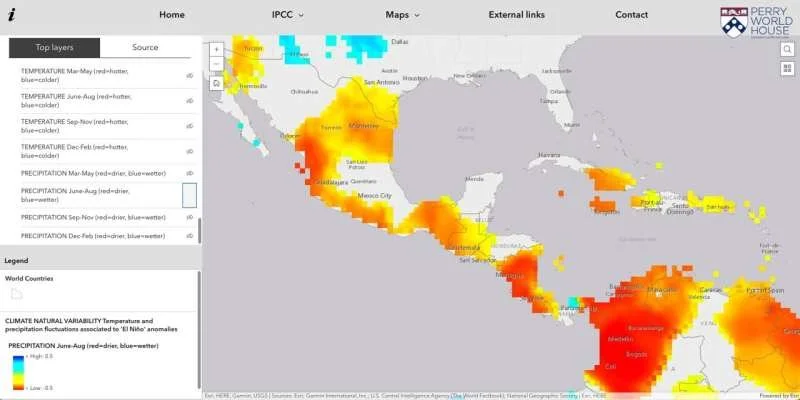The SDG Pulse: July 2025
Climate Justice Milestone: International Courts Reshape Legal Landscape
July 2025 marked a watershed moment as two major international courts delivered groundbreaking climate advisory opinions.
The International Court of Justice's (ICJ) unanimous ruling on July 23, 2025 represents the most authoritative international legal precedent to date. With 91 countries participating in the largest case in ICJ history, the court established binding state obligations to protect the climate system and potential reparations to climate-affected nations.
The Inter-American Court of Human Rights (IACtHR) delivered its own landmark opinion earlier this year, recognizing autonomous climate rights across the Americas. Together, these rulings create complementary frameworks—regional human rights protections and universal legal obligations.
Key breakthroughs:
Universal legal framework: ICJ creates binding climate obligations for all states
Regional enforcement: IACtHR strengthens climate rights across the Americas
Fundamental shift: From voluntary commitments to enforceable legal obligations
Trump's Climate Rollback Could Add 7 Billion Tons of Emissions by 2050
Princeton University's analysis of Trump's "One Big Beautiful Bill" reveals devastating climate consequences, with U.S. emissions rising 190 million metric tons higher by 2030 than under current policies. The bill's impacts are already hitting communities: 350 climate adaptation grants worth $19.9 million each were terminated, leaving cities like Spokane unable to prepare for deadly heat waves.
But the stakes go beyond domestic impacts, rolling back clean energy subsidies risks ceding U.S. leadership in critical technologies like hydrogen and carbon capture to China and Europe—repeating past mistakes that cost the U.S. dominance in solar, wind, and EVs.
Economic and environmental impacts:
Immediate terminations: Tax credits for EVs end October, home efficiency credits expire December 31, cutting consumer savings worth thousands
Long-term costs: Energy spending increases $28 billion annually by 2030, adding $165 per household yearly
Climate consequences: Total 7+ billion tons additional CO₂ through 2050, equivalent to entire U.S. annual emissions
Cities Leading the Clean Energy Revolution
Four pioneering cities are redefining energy democracy through community-owned utilities, solar microgrids, and equitable electrification. From Ann Arbor’s municipal solar utility to Brooklyn's new community-powered solar project, local innovation is charting the course for a just energy future.
Innovative local solutions:
Energy democracy: Community ownership models prioritizing accessibility for low-income households and renters
Climate resilience: Decentralized systems protecting communities during disasters and grid failures
Economic justice: Green job creation and energy access addressing historical inequalities
From Coal Dust to Green Jobs: Making the Just Transition Work
Poland's Wałbrzych region transformed from coal mine closures to 50,000+ new jobs through strategic economic diversification, offering lessons for communities worldwide navigating the low-carbon transition.
The World Bank's new Just Transition Tool provides actionable guidance for governments leveraging private sector partnerships.
Employment-focused strategies:
Economic diversification: Successful transitions creating more green jobs than fossil fuel losses
Private sector role: 90% of employment in developing countries requires business engagement in transition planning
Skills development: Coordinated workforce programs aligning training with industry needs
Revolutionary Climate Atlas Maps Global Security Risks
University of Pennsylvania researchers launched the Global Climate Security Atlas, an interactive tool systematically mapping climate impacts, risks, and vulnerabilities worldwide. The platform combines Intergovernmental Panel on Climate Change data with socioeconomic factors to identify hotspots requiring urgent intervention across nine critical topics.
Atlas capabilities:
Risk visualization: Temperature, precipitation, and impact projections including extreme events and social vulnerabilities
Hotspot identification: Regions where climate risks could destabilize global security through food/water insecurity
Action enablement: Community-grounded analysis supporting local, national, and global climate responses
Closing the Climate Finance Gap: When Tech Outpaces Investment
Innovation in climate technology, especially with AI integration, is rapidly outpacing financial innovation needed to deploy solutions at scale. Novel financing approaches are essential to bridge the scale gap and unlock essential technologies, particularly as more than half of Europe's cleantech investments during Q1 2025 focused on energy and power sectors.
Financial innovation needs:
Scale mismatch: Technology advancing faster than capital deployment mechanisms
Investment concentration: European cleantech funding heavily weighted toward established sectors
Innovation gap: Need for novel financing structures to support breakthrough technologies
Transforming Global Aid: A New Framework for Crisis-to-Resilience Cooperation
The World Economic Forum's Humanitarian and Resilience Investing initiative introduces a Framework for Frontier Market Cooperation, designed to move beyond traditional aid approaches by aligning diverse stakeholders for long-term impact in fragile contexts.
Framework innovations:
Stakeholder alignment: Coordinating governments, investors, Development Finance Institutions, civil society, and philanthropists
Local-first approach: Community voices embedded as critical advisors from investment identification through implementation
Value chain building: Systematic integration of existing innovations like blended finance and innovation-friendly procurement








